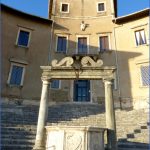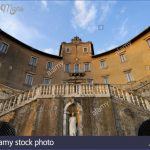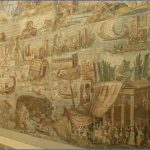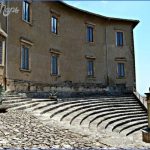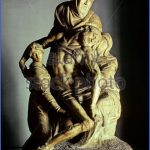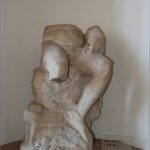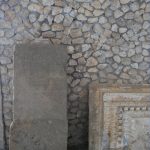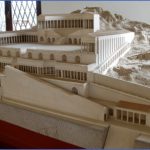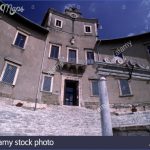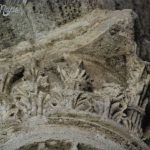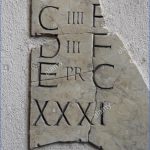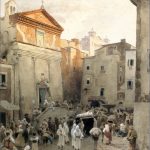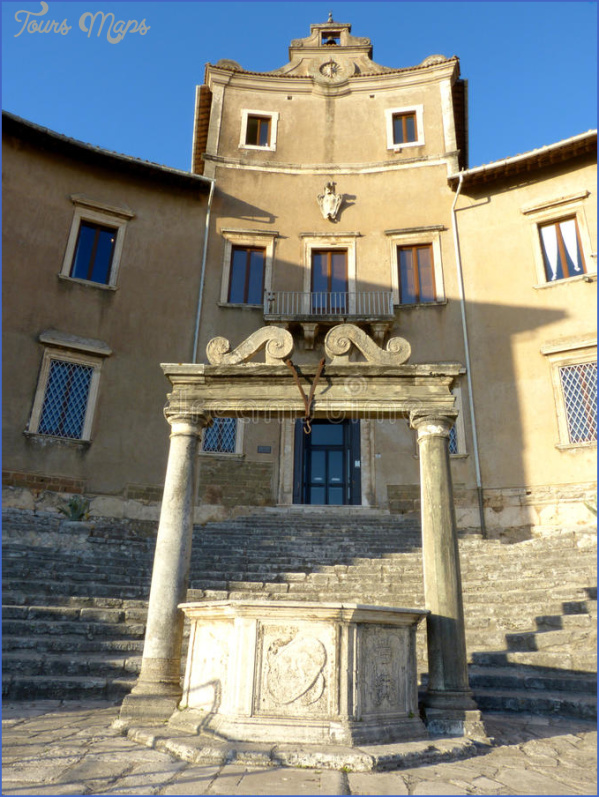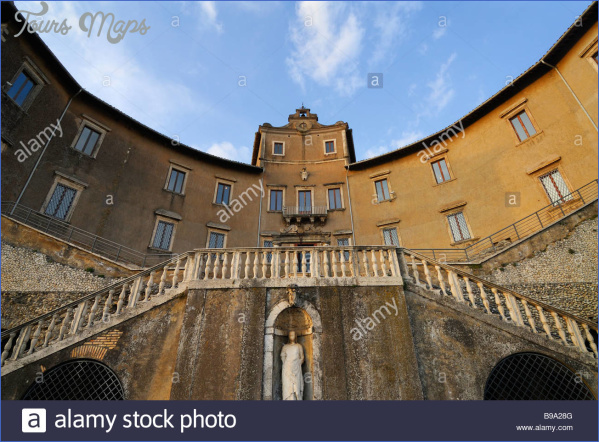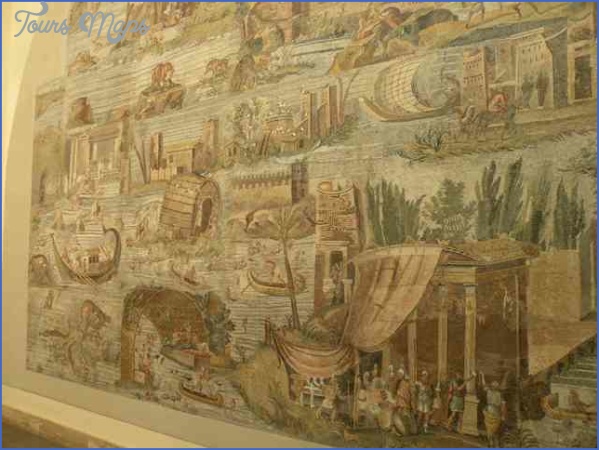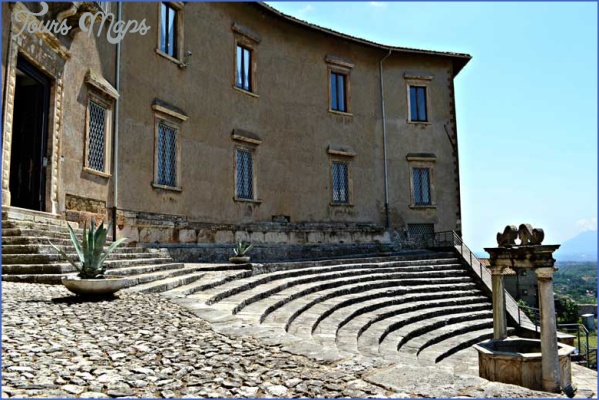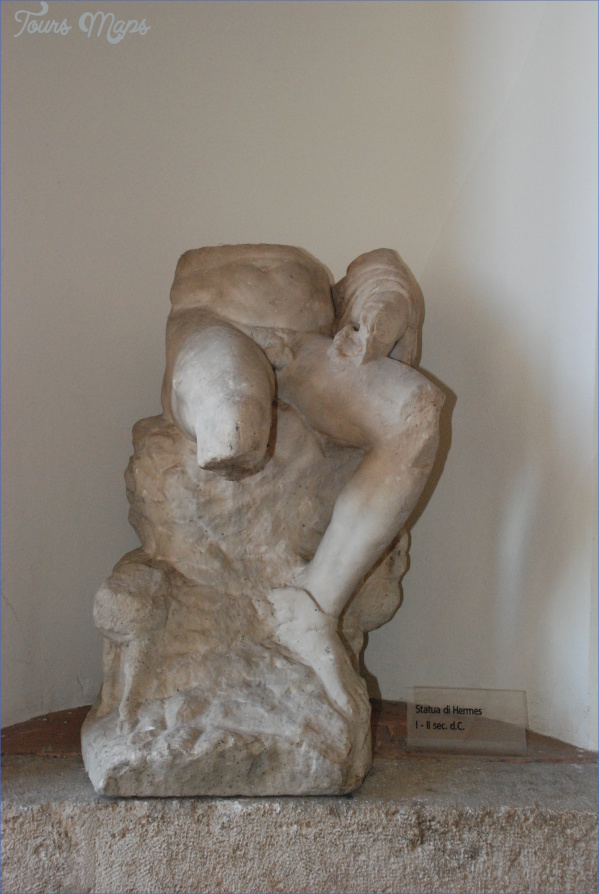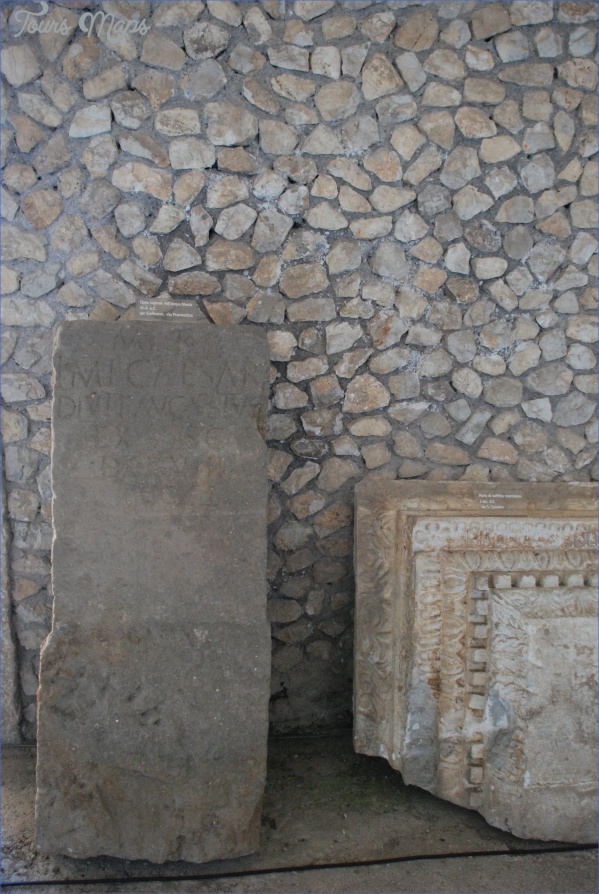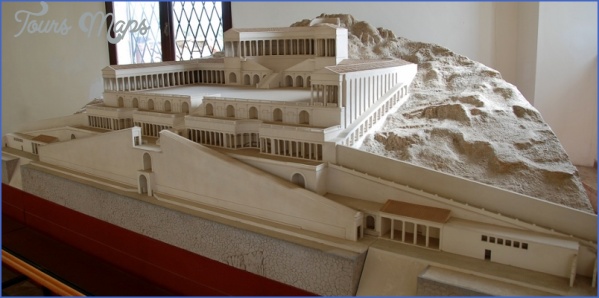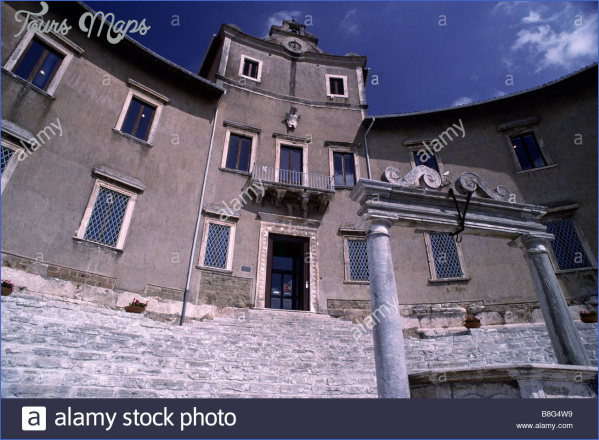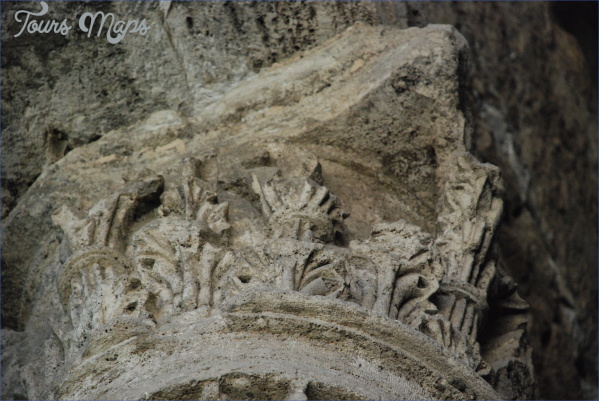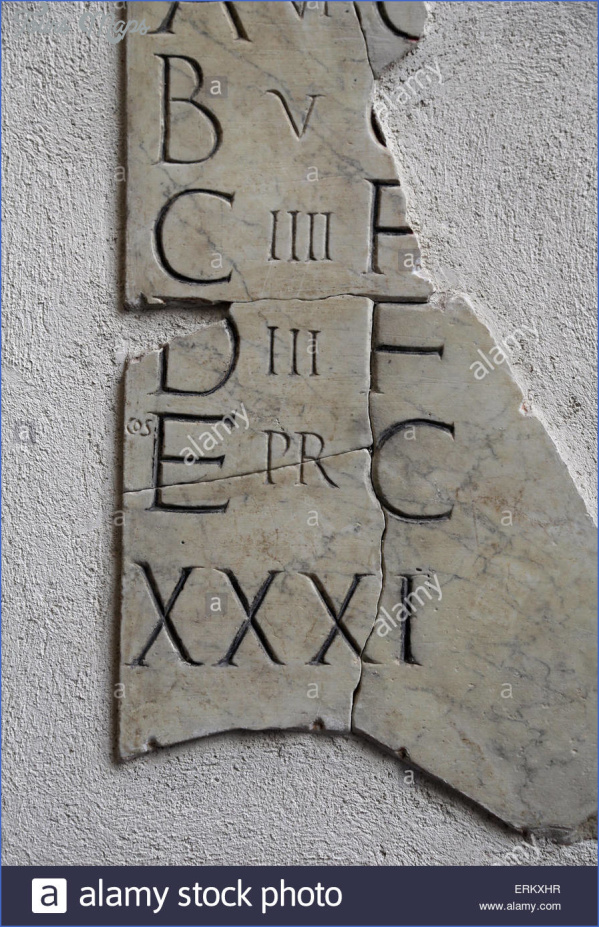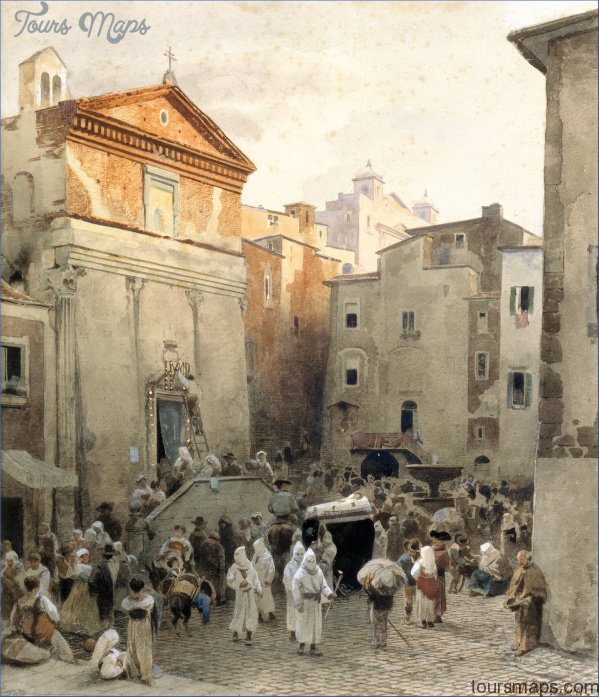PALESTRINA MUSEUM
The city of Palestrina is 38 km southeast of Rome, nestled in the Sabine Hills. In its eponymous composer’s time it was a prosperous Barberini principality. Today its greatest attractions to visitors are its many ancient sites, among them the house in which the 16th-century composer Giovanni Pierluigi da Palestrina is widely believed to have been born. It lies just above the Piazzale della Liberazione and the Corso Pierluigi, in the Contrada del Piano. Its demolition shortly after World War II was averted by the intervention of Richard Strauss, but its restoration had to wait nearly 50 years.
PALESTRINA MUSEUM Photo Gallery
In 1973 a scholarly foundation was established for the study and promotion of Palestrina’s music and in 1994, with the assistance of the Ministry of Culture, the house became its Centro di Studi Palestriniani. It happily succeeds in evoking the history of the building while at the same time commemorating its most celebrated inhabitant. The ground floor display offers a detailed and vivid pictorial chronology of Palestrina’s life and works. The first floor, which can be converted for concerts and seminars, also accommodates a small but distinguished permanent exhibition of Palestriniana, among them first editions of his music -motet partbooks, from his own time -and a rare original portrait of about 1580 from the Barberini Collection. There are also small rooms off to the side for consulting microfilms, sound recordings and videos. The library occupies the top floor and at the side of the building there is a small outdoor raked performance space. The composer maintained his connection with his native city throughout his life. Born in 1525, by 1537 he was living in Rome, where he was a choirboy at S Maria Maggiore. In 1544 he returned to Palestrina to take up the post of organist at the cathedral; three years later he married a local woman and their first children were born in the city. In 1551, a year after his patron Cardinal Monte, the Bishop of Palestrina, became Pope Giulio III, Palestrina was appointed maestro di cappella of the Cappella Giulia and left for the Vatican. The family connections remained strong and at the end of his life (he died in 1594), thanks to his second marriage in 1581 to a wealthy Roman widow, Palestrina was able to acquire land of his own in his native city, which he passed on to his descendants. Near the cathedral, in the centre of the Piazza Regina Margherita, stands a statue of the composer.
Maybe You Like Them Too
- Explore Doncaster, United Kingdom with this detailed map
- Explore Arroyito, Argentina with this Detailed Map
- Explore Belin, Romania with this detailed map
- Explore Almudévar, Spain with this detailed map
- Explore Aguarón, Spain with this detailed map

